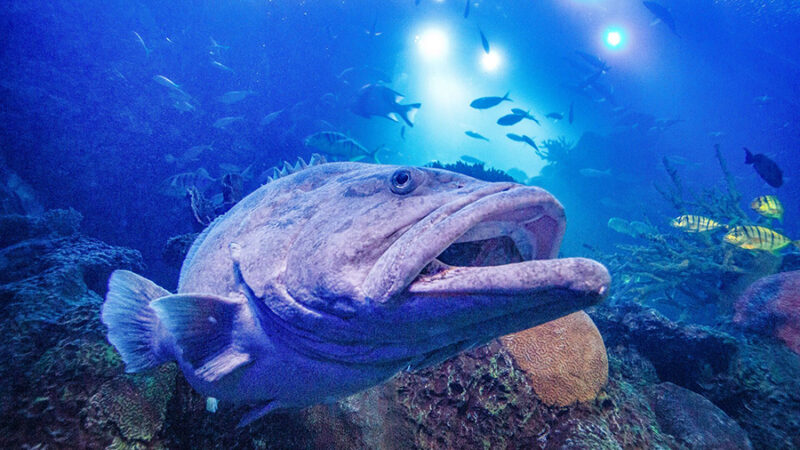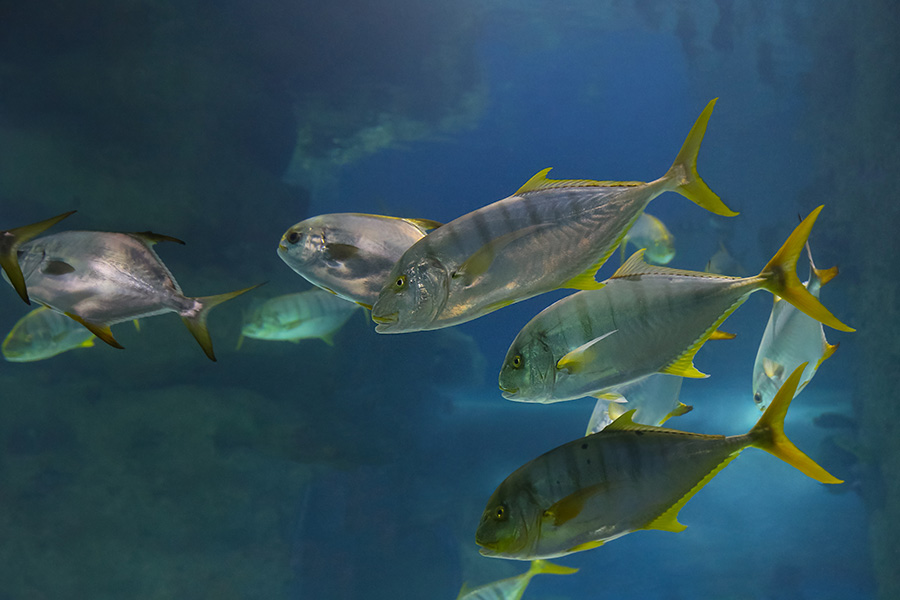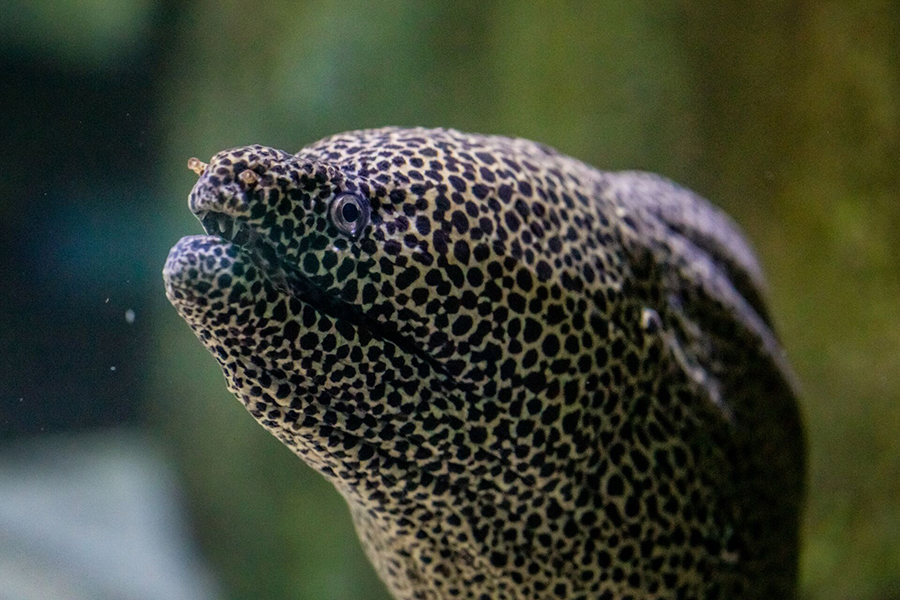Queensland Grouper

- Common Name: Queensland Grouper
- Scientific Name: Epinephelus lanceolatus
- Diet: Crustaceans, fish, small sharks, rays, and juvenile sea turtles
- Range: Tropical waters throughout the Indo-Pacific Ocean
- Size: 8 to 9 feed and 850 to 900 lbs.
- Lifespan: 30 to 50 years
IUCN Red List Status: Data Deficient
Data Deficient
Overview
The Queensland grouper is a massive and powerful marine fish, recognized as one of the largest bony fishes in the world. It is a solitary predator that plays an important role in maintaining the balance of reed ecosystems. Despite its size, it is generally slow-moving and non-aggressive towards humans.
Geographical Distribution and Habitat
This species is found in the warm waters of the Indo-Pacific region, particularly along the coasts of Australia. It inhabits shallow inshore environments, often seeking shelter in rocky crevices, caves, and coral reefs. These habitats provide both protection and ideal hunting grounds.
Diet
Queensland groupers are carnivorous and opportunistic feeders. Their diet includes lobsters, crabs, and a variety of fish. They are also known to prey on small sharks, rays, and juvenile sea turtles. Their large mouths and strong suction allow them to engulf prey whole.+
Fun Facts
- They are known for their deep, rumbling vocalizations, which are used during territorial displays or mating.
- Juveniles often inhabit estuaries and mangrove areas before moving to deeper reef habitats as they mature.
- Due to their size and slow growth, they are vulnerable to overfishing and are protected in many regions. ‘
- Queensland groupers are protogynous hermaphrodites, meaning they are all born as females and can change to males later in life as they age.


